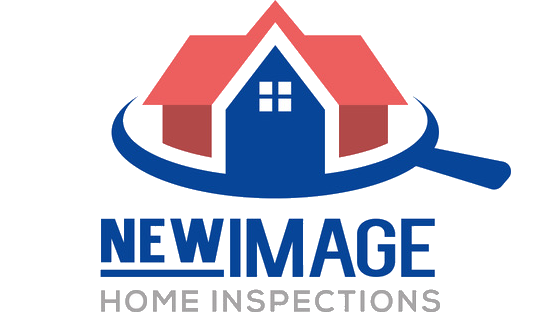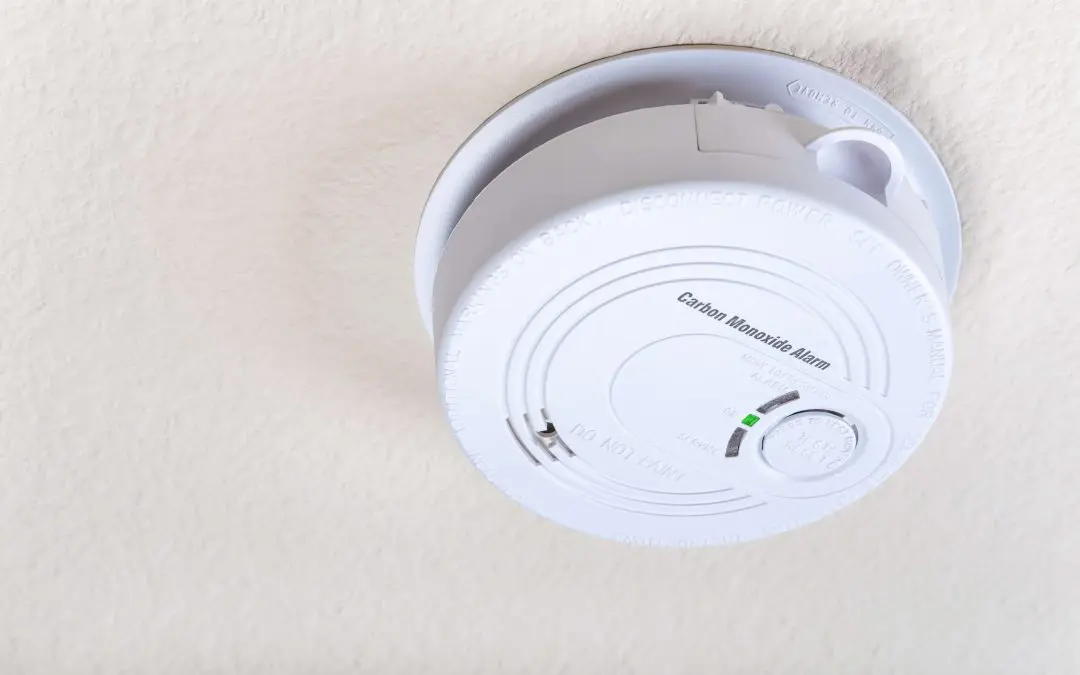Carbon monoxide (CO) is a colorless, odorless gas that poses severe risks to your health and safety if not properly managed. Today, we’re providing a comprehensive understanding of carbon monoxide in your home, its dangers, and how to safeguard it against this invisible threat.
What is Carbon Monoxide?
The incomplete combustion of fossil fuels produces carbon monoxide. Common sources include gas appliances, vehicles, and fireplaces. When these fuels burn inefficiently, CO is released into the air. Unlike many other gases, human senses cannot detect carbon monoxide, making it particularly dangerous.
Why is Carbon Monoxide Dangerous?
Carbon monoxide is harmful because it interferes with the body’s ability to transport oxygen. When inhaled, CO binds to hemoglobin in the blood more effectively than oxygen, reducing the amount of oxygen transported throughout the body. This may lead to symptoms ranging from mild headaches and dizziness to severe conditions such as loss of consciousness and even death.
How to Detect Carbon Monoxide in Your Home
Since carbon monoxide is colorless and odorless, detection relies on specialized equipment. Installing carbon monoxide detectors in your home is the most effective way to protect yourself and your family. These devices function similarly to smoke detectors, sounding an alarm when dangerous levels of CO are detected. Place detectors on every floor of your home, especially near sleeping areas, for maximum safety.
Preventing Exposure
Regular maintenance of appliances is crucial in preventing carbon monoxide buildup. Make sure all fuel-burning appliances, including furnaces, stoves, and water heaters, are serviced by a professional at least once a year. Never use portable generators or grills indoors, as they can produce dangerous levels of CO.
Proper ventilation is another crucial factor in reducing carbon monoxide risks. Confirm that your home’s ventilation systems are functioning correctly and that appliance vents are clear of obstructions.
What to Do if Your Carbon Monoxide Detector Goes Off
If your carbon monoxide detector sounds an alarm, immediately evacuate everyone from the home and seek fresh air. Call emergency services to report the CO alarm and to get professional assistance. Do not re-enter the house until it has been declared safe by a qualified technician.
Understanding and managing carbon monoxide risks is essential for maintaining a safe home environment. Take proactive measures and stay informed to protect your family from this hidden hazard.
FAQs
How frequently does my carbon monoxide detector need testing?
You should test your carbon monoxide detector monthly to verify it functions properly. Most detectors also have a test button to check the battery and alarm system.
What is the lifespan of a carbon monoxide detector?
Carbon monoxide detectors typically last 5 to 7 years. After this period, they should be replaced, as their sensors may no longer be effective. Check the manufacturer’s recommendations for specific guidance.
Can I use a combination smoke and carbon monoxide detector?
Yes, combination smoke and carbon monoxide detectors are available and convenient. However, check that the device is certified by a recognized testing laboratory and meets smoke and CO detection safety standards.
How can I prevent carbon monoxide poisoning in my home?
Prevent carbon monoxide poisoning by maintaining and servicing all fuel-burning appliances regularly, ensuring proper ventilation, installing and testing CO detectors, and never using fuel-burning equipment indoors.
Can pets be affected by carbon monoxide?
Yes, pets can also suffer from carbon monoxide poisoning. They may exhibit symptoms such as lethargy, difficulty breathing, or disorientation. If you suspect CO exposure, seek immediate veterinary care for your pets and evacuate the home.
What should I do if my carbon monoxide detector keeps going off but no carbon monoxide is present?
If your detector frequently sounds without the presence of CO, it could be due to a malfunction, a low battery, or a buildup of dust or dirt. Check the device’s manual for troubleshooting steps, and if the issue persists, replace the detector or consult a professional for assistance.
New Image Home Inspections offers home inspection services in upstate South Carolina. Contact us to request an appointment.

